In the rapid development of the Internet of Things era, in addition to the escalating 4G/5G broadband network, low-power wide-area network (LPWAN) is undoubtedly an important direction for everyone to study. At present, the development prospects of LoRa technology and NB-IoT have become the focus of debate.
The Internet of Things connects people and things, things and things through wireless communication technology. In the local area network communication such as smart home and industrial data collection, short-distance communication technology is generally adopted, but long-distance communication technology is required for a wide-range, complex environment and long-distance connection.
Therefore, in order to meet the connection requirements of IoT devices, LPWAN (Low Power Wide Area Network) has emerged. LPWAN is designed for low-bandwidth, low-power, long-range, high-volume IoT applications. There are two main categories: one is LoRa technology working on unlicensed spectrum; the other is NB-IoT operating under licensed spectrum.
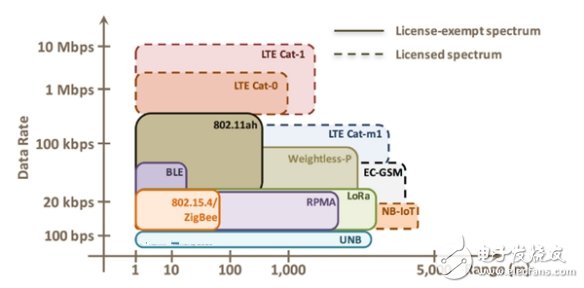
Figure 1 Authorized and unlicensed bands
(1) Compared to NB-IoT, LoRa's Sub-GHz-based frequency band makes it easier to communicate over long distances with lower power consumption, and can be powered by battery or other energy harvesting methods;
(2) Lower data rates also extend battery life and increase network capacity;
(3) The longer wavelength of the LoRa signal determines its penetrating power and obstacle avoidance capability;
(4) LoRa dedicated gateway can expand more customized functions according to the needs of the site and customers, such as advertising push, multiple network access and so on.
These technical features are more suitable for low-cost large-scale IoT deployments and enterprise-specific private networks. LoRa's ease of construction and deployment has attracted the attention and follow-up of more and more domestic companies. For example, ZLG Zhiyuan Electronics has set up a special project team to develop LoRa modules, gateways and overall solutions. Widely used in LoRa geomagnetism, used for parking space management, traffic flow detection; LoRa local area private network, used for acquisition, monitoring, communication in small and medium-sized areas; point-to-point remote control and other programs. The following picture shows the application of LoRa modules and gateways on the roadside parking.
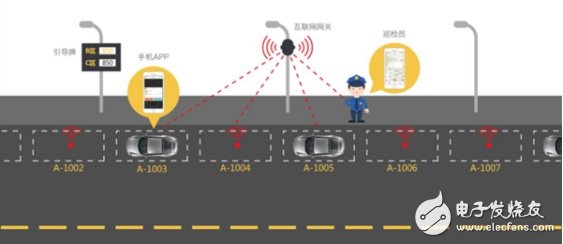
Figure 2 Application of LoRa on the roadside parking
1. LoRa module (ZM470SX-M) is an industrial grade RF wireless product independently developed by Semtech SX1278. Compared with the traditional narrow-band modulation technology, the ZM433/470SX-M module adopts the spread-spectrum modulation technology to have obvious advantages in suppressing the performance of co-channel interference, and solves the drawbacks that the traditional design scheme cannot simultaneously consider the distance, anti-interference and power consumption. . In addition, the chip integrates an adjustable power amplifier of +20dBm and achieves a receiving sensitivity of over -148dBm. The link budget is industry-leading for applications where long-distance transmission is required and reliability is critical.
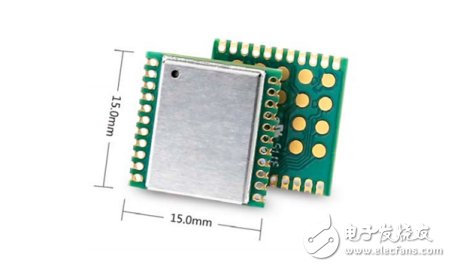
Figure 3 ZM470SX-M LoRa module
2. Network controller (IoT-3968L), with Freescale i.MX287 processor as the core and ARM9 core. It adopts dual MiniPCIE interface design to meet various demanding industrial applications, especially in the field where communication is very demanding, complete LoRa, 2G/3G/4G, WiFi, Zigbee with access communication, and can be customized to adapt to various types. Gateway solution.
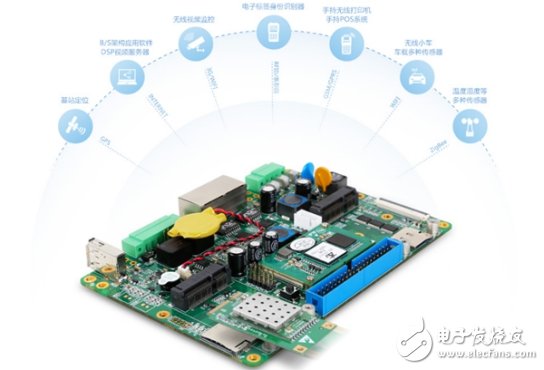
Figure 4 IoT-3968L Gateway Controller
3. The overall solution, transmission rate, working frequency band and network topology are the three main parameters affecting the characteristics of the sensor network. By adjusting the spreading factor (value is 6~12), modulation bandwidth and error correction rate, a better balance between communication rate, transmission distance and anti-interference characteristics is achieved. When the transmission power is constant, usually the larger the spreading factor is set, the higher the receiving sensitivity that the module can obtain, and the farther the communication distance will be, but at the same time, the communication rate will decrease.
LoRaWAN is a low-power WAN specification introduced by the LoRa Alliance. LoRaWAN is targeting some of the core needs of the Internet of Things - two-way communication. The LoRaWAN network architecture is a typical star topology. In this network architecture, the LoRa gateway is a transparent relay that connects the front-end terminal devices to the back-end servers. However, in many practical application scenarios, the network topology is mostly a mesh structure or a multi-level relay networking structure. The specification protocol often fails to solve the communication rate, transmission distance, real-time performance, low power consumption, and conflicts between multi-level networking.
In the future, ZLG Zhiyuan Electronics will launch the mesh-star structure LoRaNet protocol, which consists of concentrators, routers, and terminals. It is suitable for a large number of terminal communication, but also for the application of power consumption sensitive and small amount of data transmission, providing users with more complete and reliable link layer and network layer support. At that time, LoRa can be widely used in pipelines, underground well monitoring; power metering, fault alarm monitoring; animal husbandry intelligent tracking, feeding control; intelligent street lighting control and other industries.
Of course, LoRa technology can not only set up the Internet of Things IoT sensing network, but also use the LoRa wireless network to provide location tracking services for IoT devices, such as assisting in tracking vehicles, items, pet locations and other applications. In this numerous fragmented IoT applications, there are still a large number of unrecognized fields, and we are looking forward to discovering and mining.
Network cables include cat8 Network Cable, cat7 network cable, cat6 network cable, cat5e network cable.
The network cable structure is mainly composed of cable conductor and two RJ45 connectors.
Cat8 is the fastest Ethernet cable yet. It's data transfer speed of up to 40 Gbps is four times faster than Cat6a, while its support of bandwidth up to 2 GHz (four times more than standard Cat6a bandwidth) reduces latency for superior signal quality.
CAT7 Ethernet Cable support bandwidth up to 600MHz, connect to your LAN/WAN segments and networking gear at maximum speeds and surf the net, stream videos, music and other data at high speed.
CAT6 compatible with Ethernet 10BASE-T, 100BASE-TX(Fast Ethernet), 1000BASE-T (Gigabit Ethernet), 10GBASE-T (10-Gigabit Ethernet) and Peer-to-Peer, as well as any other devices that utilize 8P8C networking cables including telephony, home automation and long distance video transfer.
CAT5E support bandwidth of up to 350 MHz guarantees high-speed data transfer for server applications, cloud computing, video surveillance, and online high-definition video streaming.
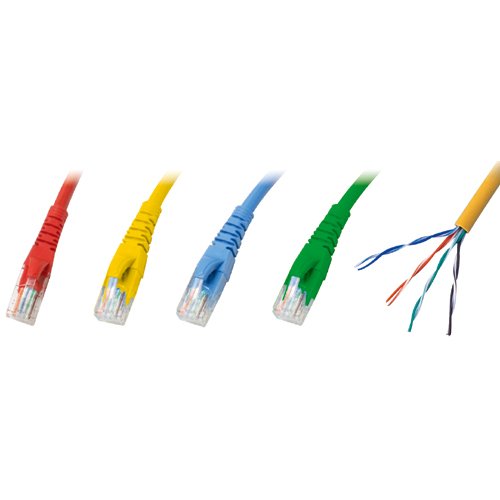
Ethernet Cable,Lan Cable,Crossover Cable,Network Cable
Shenzhen Kingwire Electronics Co., Ltd. , https://www.kingwires.com
